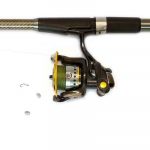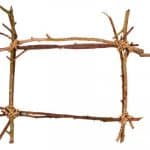What are the loops on my backpack for? Are they different, and does each serve a unique function? Also known as gear loops, the loops on a backpack are extra room for anything you don’t want to put in your backpack. You can attach gear pieces, hang damp clothes and gear or carry souvenirs and other unusual items that need extra room.
How Do You Use a Gear Loop on a Backpack?
Gear loops may not make sense at first, but they’ll make your outdoor adventures a tad easier because they offer you extra storage. To maximize that space, you need to know how to use a gear loop on a backpack.
Before you start, you need some extra material. To fasten and secure gear on your gear loops, you’ll need the following accessories:
Clips and elastic cords are usually enough to attach light items to your backpack loops safely. But when attaching heavy items to your backpack loops, use carabiners or webbing straps and then a non-elastic cord to further secure them in place to prevent them from swinging and affecting your balance.
Where Do You Put a Sleeping Bag in a Backpack?
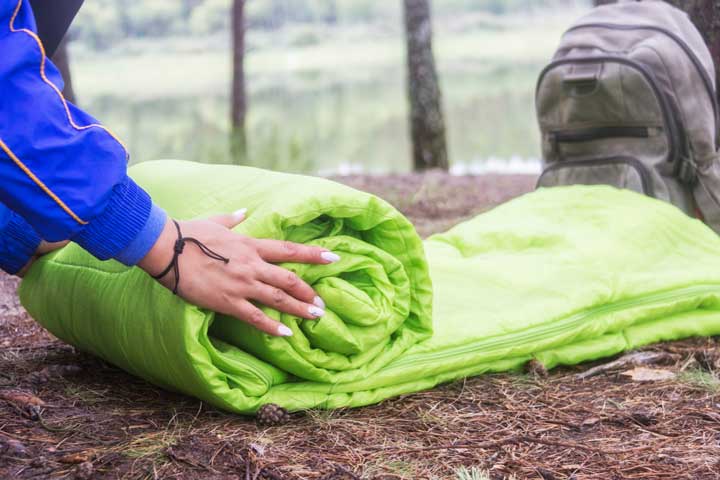
A sleeping bag is among the bulkiest items every backpacker must carry. You can put a sleeping bag in a backpack in the sleeping bag compartment.
Some backpacking bags have this compartment at the bottom, while others feature a detachable divider to separate the primary storage section from the sleeping bag compartment.
If your bag lacks such a feature, you can always put your sleeping bag inside the backpack, but that might take up too much space.
The best way to put a sleeping bag in your backpack for your next adventure is to attach it to the bottom because:
- Keeps the sleeping bag’s well-balanced
- Prevents it from becoming wet in case it rains
- Stops the bag from being poked or jagged when backpacking or hiking through branch-heavy areas
How Do You Attach a Sleeping Bag to a Regular Backpack?
You may still be wondering: what are the loops on my backpack straps for? Well, they’ll come in handy when they’re attached to the sleeping bag of your backpack.
Now, if your sleeping bag has external straps, you’ll first need to fold it compactly. Then, pull the straps through your backpack’s loops and tightly fasten until you’re confident the sleeping bag is secure.
However, should your sleeping bag have no straps, you’ll have to create your own by using four pieces of twine or a non-elastic cord. Wrap two pieces on your sleeping bag, pull the other two through the backpack loops and fasten until secure.
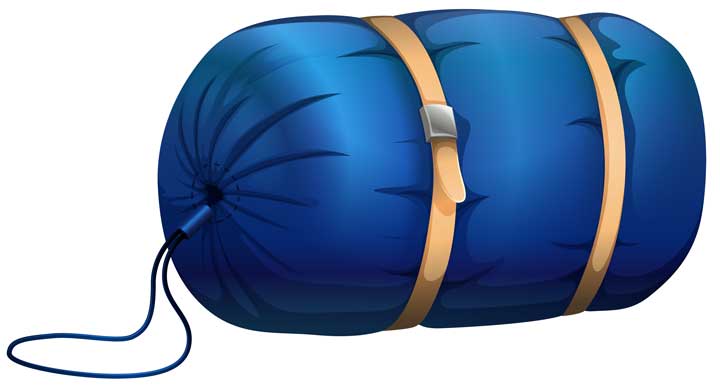
But not every backpack has loops. Check out the steps you can take to attach a sleeping bag to a regular backpack:
Pack Everything Up First
Since your sleeping bag will stay on the outer part of your backpack, pack up all other essentials first. It’ll be much easier to attach a sleeping bag to a packed bag than packing essentials with a sleeping bag attached to the bottom.
To ease packing, you might want to consider packing in zones. This involves placing the lightest items at the bottom of your sleeping bag to provide a solid base for the items coming on top.
For instance, put your heaviest items, cooking gear and fuel, at the center. By putting them closest to your back, you’ll make carrying easier as more weight will be distributed around the hip area. Pack your clothes right on top of the heavy items, and finish off with the things you need to access quickly.
Further, it’s important to understand the purpose of different storage compartments. Even regular backpacking bags feature separate storage compartments, each serving a different function.
With this type of bag, you may find that the front pouch is best reserved for wet gear, while the hip belt pocket is great for snacks, lip balm, and other valuable items.
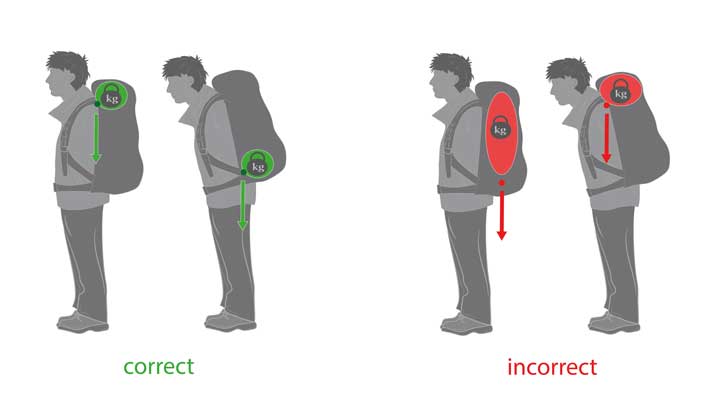
Roll Your Sleeping Bag Tightly
As noted, a sleeping bag is among the bulkiest items every backpacker must carry. Before attaching it to a regular backpack, fold it as tightly as possible to make it compact.
Consider stuffing it in a compression dry bag or a waterproof bag to reduce its size, protect it from the elements, or get dirty when you place it on the ground. If you decide to use these bags, look for one with lash points, so it’s easier to attach.
Attach the Sleeping Bag to the Bag
There is more than one way to attach your sleeping back to the backpack itself. Let’s take a look at just how you can go about doing so with three different methods.
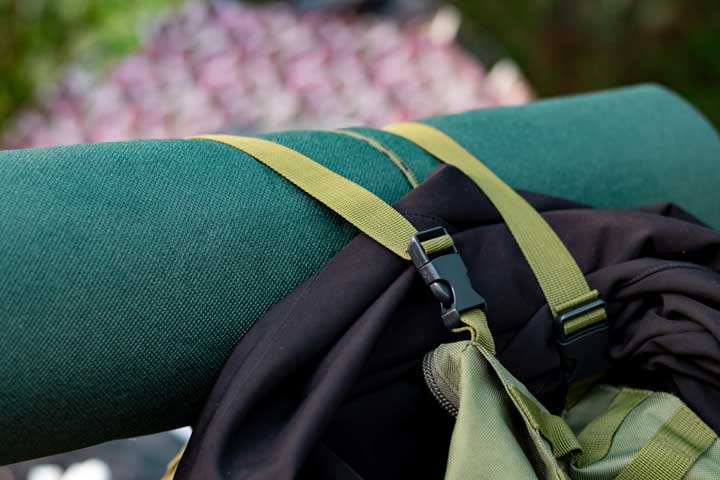
Use compression buckles
Even old-school backpacks typically feature compression gaps to secure gaps, tighten the bag when it’s completely packed, and give it stability. Since you’re not over-packing (an over-packed backpack gets you easily fatigued), use these buckles to attach your sleeping bag to the backpack.
Tie the bag to an external frame
Although external frame backpacks are no longer as popular, they often feature an open compartment with tie points at the bottom to attach sleeping bags, tent poles, and other bulky or long-handled items.
Before connecting your sleeping bag to an external frame, put it in a waterproof bag first to protect it from dirt, tearing, and inclement weather since it’ll be exposed.
Improvise
If both your backpack and sleeping bag lack straps, loops, or compression buckles, you’ll have to improvise. You can use twine or non-elastic cord. Wrap two pieces of twine or cord around the sleeping bag, and make sure they form loops and are tight.
The other two pieces will wrap around the bag and attach to the sleeping bag using the loops you created in step one. Secure the sleeping bag further by linking it to your backpack’s metal frame.
What Are Backpack Straps Called?
Backpack straps are officially called gear loops. They’re typically made of nylon and sewn into various parts of the bag. Here are common types of backpack straps:
- Compression straps
- Lower compression straps
- Shoulder strap
- Chest strap
- Waist belt strap
- Ice ax loops
While shopping for a backpack, look for one with wider straps. They distribute the weight evenly on your shoulder, making the bag easier to carry. Since you’ll probably carry your loaded backpack for extended periods, ensure the straps are soft or padded too.
How Do You Attach a Tent to the Bottom of a Backpack?
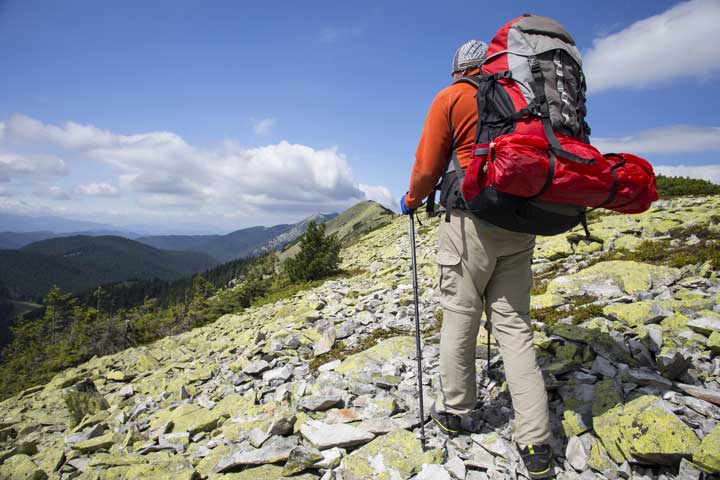
As with the sleeping bag, attaching a tent to the bottom of a backpack offers stability. Here’s how you go about it:
Use backpack loops
The best tents often feature straps for seamless packing outwards. If your backpack has loops, fold the tent tightly, pull its straps through the backpack loops and fasten.
Use the tie points
If your backpack has an external frame, attach the tent to its bottom by trying its straps to the tie points at the bottom.
Even though you can use compression buckles, most backpacks have these buckles along the sides. So you might have to attach your sleeping bag to the side instead of the bottom.
How Do You Put Loops on the Bottom of a Backpack?
Most bags come with ready loops. If yours doesn’t, here’s how you put loops on the bottom of a backpack. First, you need to get the right materials.
Materials
The Steps
Cut both the paracord and tubing in half to get two 16-inch pieces of cord and two six-inch pieces of tubing. Push the paracord through the tube, pull it through one of your backpack’s harnesses, bring the two ends together, and tie a knot. To get it to work as a bottom loop, attach it to the lower end of your backpack’s harness near the bottom.
What Is a Daisy Chain on a Backpack?
A daisy chain on a backpack is a vertical strip of webbing loops sewn on either the back or sides of the bag that let you attach gear—such as a sleeping bag or tent—using webbing straps or carabiners.
They are typically elastic, so they can stretch to accommodate differently sized items. Daisy chains are excellent because:
- Daisy chains increase the backpack’s carrying capacity
- Webbing straps make them more secure
- More structural support thanks to being more heavy-duty than regular straps
When you use a daisy chain, distribute the weight evenly and fasten the items you’re attaching to it tightly, so they don’t swing.
Summary
Learning how to maximize every part of your backpack is the secret to easing your load and making backpacking, camping, and other similar activities seamless. My guide above covers not just what are the loops on my backpack are for, but also how to attach various backpacking accessories and even how to create your loops. Let’s get backpacking!

